Sweden is a country that still retains many farming and religious traditions, and has many folk festivals. Below, we would like to introduce some more Swedish folk festivals.
![Folk festivals in Sweden [Part II] Lễ hội dân gian ở Thụy Điển [Kỳ II]](https://vstatic.vietnam.vn/vietnam/resource/IMAGE/2025/1/20/541e25ce06af4ca0ab946161bd680964) |
| Crayfish feasts are an annual tradition in Sweden, where people get together to eat crayfish and spend time together. Crayfish feasts usually take place in August and mark the end of summer. (Source: sweden.se) |
April Fools' Day (April 1): This is a day when all sorts of pranks are allowed. Children trick adults, put them in a trap, and sing:
April, April, you stupid herring
So I fooled my uncle...
At work, someone was told to answer the phone number X..; of course, it was a phone number of an unknown person. The press “fabricated” a very solemn advertisement. Once, the television introduced a method of converting black and white images into color by stretching a piece of nylon stocking in front of the small screen, the audience struggled all night in vain.
+ On April 30, Spring has been here for several weeks in the South, but not yet in the cold North. According to custom, April 30 is the day of the Spring (Valpurgis), especially the festival of students. In some cities with universities, especially in Uppsala, thousands of students wearing white caps used only for festivals, gather in the afternoon to listen to songs and speeches about Spring; then, they attend the entertainment organized in the city. People also often gather around the bonfire called the Valborg Bonfire to sing in chorus.
+ May 1st: If April 30th is considered the spring festival in the city, in the countryside, this festival is held on May 1st (meetings, outdoor entertainment). Today, May 1st is also International Labor Day.
+ Ascension Day (Kristi Himmels fards dag): is a celebration commemorating Jesus ascending to heaven 40 days after Easter; the celebration is held on Thursday, the sixth week after Easter. In the past, young people went to church, had picnics, and then came back to dance in the granary or outdoors. Nowadays, people also go outdoors; they get up at 3-4 am and gather in the forest to listen to the doves singing, perhaps for the first time in the year. If the bird's call comes from the East or West, it is a good thing; from the South or North, it is a bad thing. People bring coffee and bread, can play music or sing, or open the fishing season. Since 1938, this celebration has also been called the festival of the anti-alcoholism movement.
+ April 30, the seventh Sunday after Easter, commemorates the descent of the Holy Spirit upon the apostles of Jesus. Today, people often go out and decorate their homes with branches and flowers. Many couples choose that day to get married.
+ Mothers' Association: The last Sunday of May (originating from an American custom imported into Sweden in 1919). On that day, the house is decorated, the children bring breakfast to their mother's bed, without letting her do anything, and give her poems and songs. The children apologize to their mother for not being very good, and promise to be better. From afar, the children send letters and telegrams to congratulate their mother. Since gifts are almost mandatory, the industrial and commercial world has created many gifts to sell.
+ National Day or Flag Festival (June 6): Sweden does not have a National Day, a grand festival for the whole people like in other countries. At the end of the last century, Arthur Hazelius, founder of the Open Air Museum in Stockholm named Skansen, proposed June 6 as a day with many historical events: King Gustav Vasa ascended the throne (1523); the day of declaring the Constitution (1809); the day of recognizing the national flag (1919). Since 1983, the flag festival has been marked by many new customs: all schools participate, flags are hung everywhere, the king gives flags to associations. In towns, there are parades, speeches, music... The military nature has gradually disappeared.
+ Saint Jean's Day - Summer Festival: this is a very important festival for a country with a cold climate that craves the sun. The festival is also called Midsommar, although not in the true sense because in Northern Europe, the North is just entering Summer at that time. In the South, the sun only sets for a few hours; in the North, the sun does not set, it stays bright all night.
June 24 is the feast day of John the Baptist. In the 1950s, the Swedish calendar was reformed; the feast day of St. John the Baptist was set on the Saturday closest to June 24.
The morning before the holiday, people decorate their houses, churches, cars, meeting rooms, and dance halls with flowers, leaves, and branches. Each village and town erects a St. John's column, a large cross decorated with flowers and leaves; people dance around the column, and in the evening they continue dancing in granaries or on river banks. City dwellers go for outings in the countryside. People from the capital often go to the islands or visit Skansen, an open-air museum with many old houses.
The feast dish is herring with newly dug potatoes, cooked with dill; for dessert, strawberries. Saint John's Eve has many folk superstitions. If anyone can get a full jar of dew, it can be used as a medicine to cure all diseases; some leaves can be used as very effective medicine. Young men and women go to pick seven or nine kinds of flowers from seven fields or seven lakes, make a bouquet and put it under their pillows, and at night they will dream of the face of their future wife or husband. They can eat "herring in dreams" or "a bowl of soup in dreams".
+ Shrimp Festival: This custom originated in the late 19th century, when the government banned shrimp fishing for a period of time each year. The day when fishing was allowed (the second Wednesday of August) became a festival. The next day, shrimp could be bought at the market and eaten at restaurants. People decided on a certain evening after the festival to gather on the terrace or balcony, under the folding lanterns. Everyone wore silly paper hats and bibs when they sat down to eat shrimp cooked with dill, eaten only with bread and cheese, and drank beer or a glass of white wine. There were many songs to toast at this very Swedish festival.
[To be continued]
Source



![[Photo] Solemn opening of the 8th Congress of the Central Public Security Party Committee, term 2025-2030](https://vphoto.vietnam.vn/thumb/1200x675/vietnam/resource/IMAGE/2025/10/4/f3b00fb779f44979809441a4dac5c7df)

![[Photo] General Secretary To Lam attends the 8th Congress of the Central Public Security Party Committee](https://vphoto.vietnam.vn/thumb/1200x675/vietnam/resource/IMAGE/2025/10/4/79fadf490f674dc483794f2d955f6045)












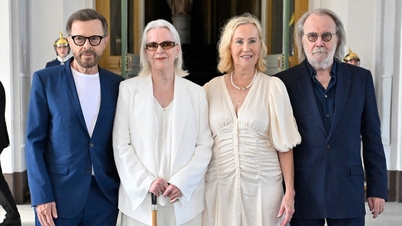

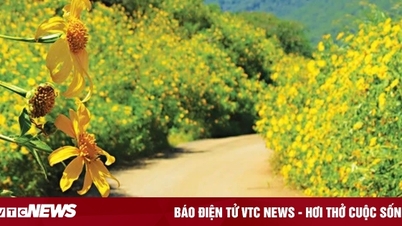



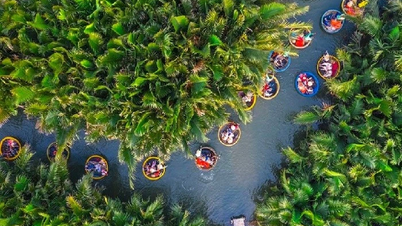

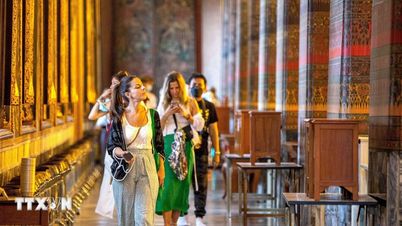
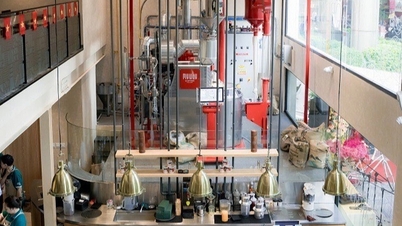

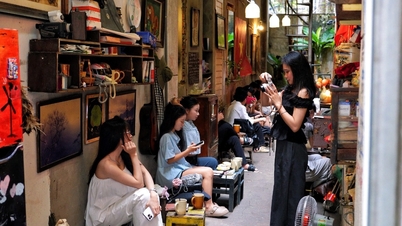










![[Photo] Students of Binh Minh Primary School enjoy the full moon festival, receiving the joys of childhood](https://vphoto.vietnam.vn/thumb/1200x675/vietnam/resource/IMAGE/2025/10/3/8cf8abef22fe4471be400a818912cb85)
![[Infographic] Notable numbers after 3 months of "reorganizing the country"](https://vphoto.vietnam.vn/thumb/1200x675/vietnam/resource/IMAGE/2025/10/4/ce8bb72c722348e09e942d04f0dd9729)












































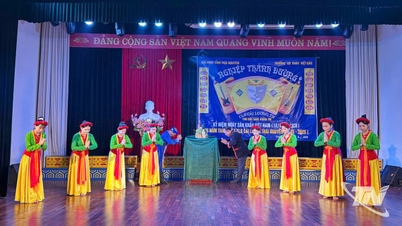

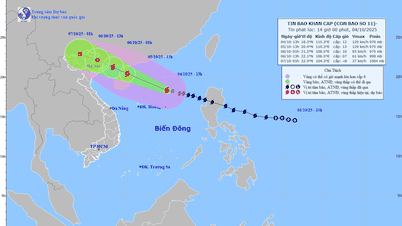








Comment (0)